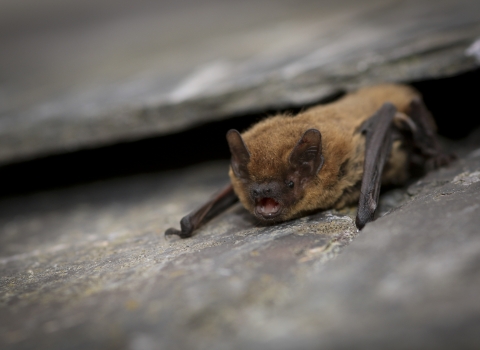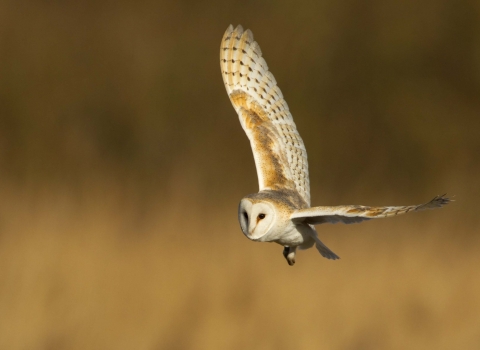Increasing species diversity and abundance through restoring, improving and connecting Gloucestershire’s habitats
Nature reserves are critical for safeguarding wildlife but whilst people may use maps to define boundaries across a landscape, wildlife do not recognise these human boundaries. Therefore the scale at which we undertake conservation needs to move beyond nature reserves, in order that our actions are effective on a landscape scale and benefit both species and the habitats in which they live.
Historically, we have used Strategic Nature Areas to inform where we should concentrate our wider countryside work. Ecological networks or nature recovery networks, identify possible linkages between existing habitats and potential new habitats, allowing wildlife to flourish. Landscapes that allow species to move freely between different habitats, not only helps to prevent local extinctions but also encourages the recolonisation of areas where species have previously been lost.
Well connected habitats offer opportunities for populations to move as conditions become more or less suitable, often as a result of climate change. The movement of individuals between populations in a connected landscape maintains genetic diversity which increases species resilience when facing changing environmental conditions.
There are a number of species who have benefited from our work connecting Gloucestershire's landscape...

Tom Marshall
Common Pipistrelle
The common pipistrelle is our smallest and most common bat. All UK bats are nocturnal, feeding on midges, moths and other flying insects that they find in the dark by using echolocation. Common pipistrelles feed in a wide range of habitats from grasslands to urban areas. They roost in tree holes, bat boxes and even the roof spaces of houses, often in small colonies. During the summer, females form maternity colonies and have just a single pup. Look out for common pipistrelles jerkily darting about as they hunt for insects in gardens, over wetlands, or around street lights at dusk. They hibernate over winter, usually between November and April, although they may come out to feed on warm days.

Danny Green/2020VISION
Barn Owl
Perhaps our most familiar owl, the Barn Owl will sometimes hunt in the daytime and can be seen 'quartering' over farmland and grassland looking for its next small-mammal meal. However, it is perfectly adapted to hunt with deadly precision in the dark of night: combined with their stealthy and silent flight, their heart-shaped faces direct high-frequency sounds, enabling them to find mice and voles in the vegetation.

Danny Green/2020VISION
Dormouse
The hazel dormouse (or just 'dormouse') is an agile climber and mainly nocturnal, so is rarely seen. It lives in deciduous woodland, hedgerows and dense scrub, and spends most of the spring and summer up in the branches, rarely coming down to the ground. It eats buds, hazelnuts, berries and insects. Hazel dormice build nests out of grasses, stripped honeysuckle bark and fresh hazel leaves, in which the female will give birth to up to seven young. They hibernate during the winter months, either on the ground (under logs, leaves, in grass tussocks and at the base of trees) or just beneath the ground where the temperature is more constant.






